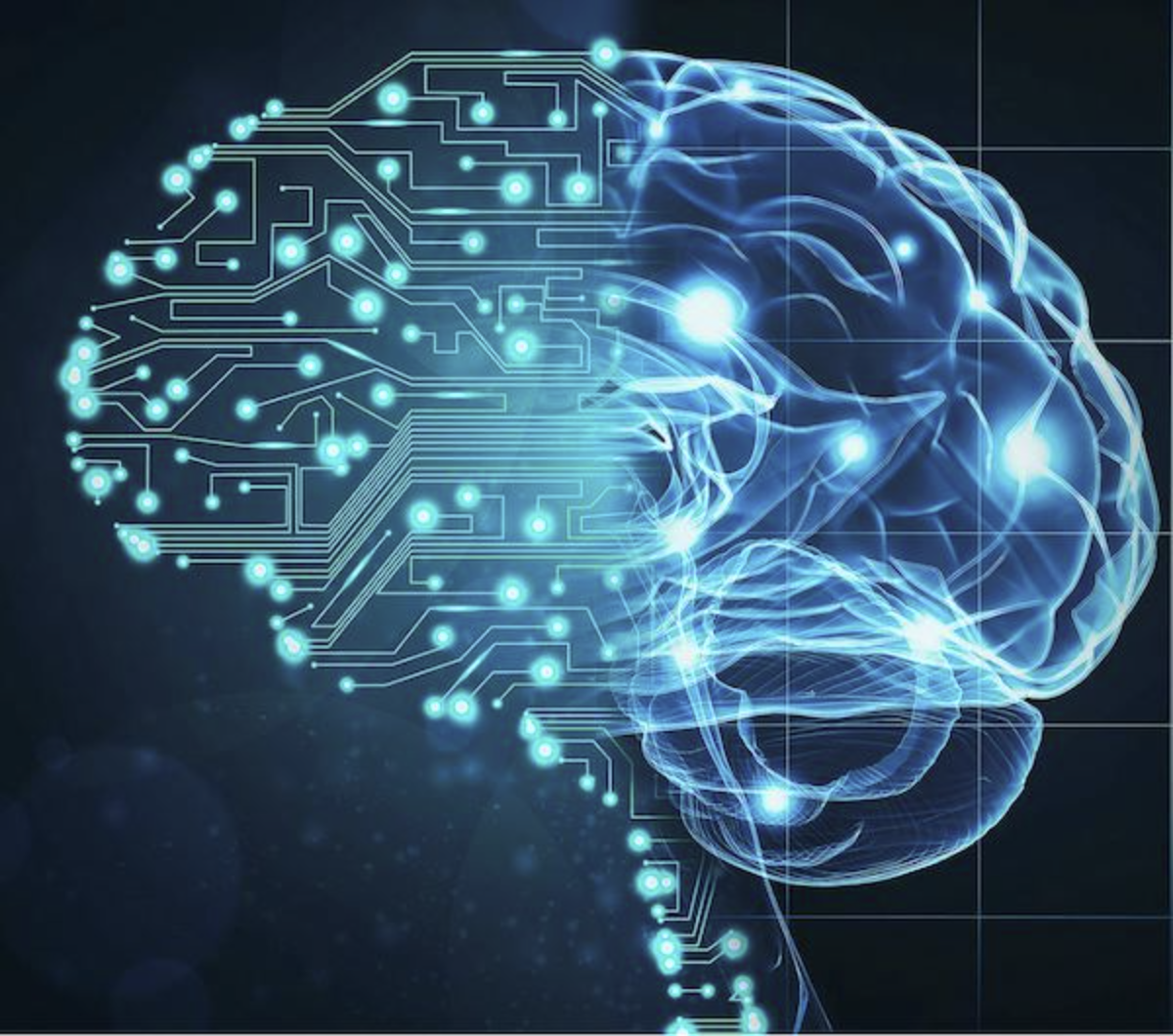
Neuromorphic computing is a type of technology inspired by the way the human brain works. It uses special hardware and software that mimic the brain’s neurons and synapses to process information. The main goal is to create computing systems that are more energy-efficient and can handle complex, unstructured data like images, videos, and audio.
Neuromorphic chips, also known as neuro-synaptic chips, are designed to replicate how the brain functions. These chips consist of simple processing units called “neurons” connected by “synapses,” which can adjust their strength over time. This setup allows neuromorphic chips to process information in a parallel, distributed way, similar to the brain’s method of processing data.
Advantages:
- Energy Efficiency: Neuromorphic systems are more energy-efficient than traditional computers because they use simpler processing units that consume less power.
- Handling Complex Data: These systems can process complex data, such as images, videos, and audio, in real-time due to their brain-like structure.
- Real-Time Processing: Neuromorphic systems are capable of processing information instantly, which is important for areas like AI, robotics, and self-driving cars.
- Adaptability: Just like the human brain, neuromorphic systems can learn and adapt to new situations.
Disadvantages:
- Limited Scalability: Currently, these systems have limitations in scale, as the number of neurons and synapses on a chip is restricted.
- High Development Costs: Creating neuromorphic computing systems is expensive and requires a lot of time.
- Limited Application: Right now, neuromorphic systems are only being used in a few areas.
Challenges:
- Developing Neuromorphic Chips: Creating neuromorphic chips is complex, requiring a deep understanding of how the brain works and how to replicate it in machines.
- Programming Neuromorphic Systems: Programming these systems is also difficult, as it involves understanding the unique architecture of neuromorphic chips.
- Limited Availability: Neuromorphic systems are not widely available and are currently used in only a few areas.
Fields of Application:
- Artificial Intelligence: Neuromorphic systems could change the AI field by handling complex data in real-time, leading to more advanced capabilities.
- Robotics: These systems can improve robots by allowing them to process data quickly and adapt to new situations.
- Self-Driving Cars: Real-time processing and adaptability make neuromorphic computing ideal for autonomous vehicles.
- Healthcare: Neuromorphic systems could transform healthcare by analyzing medical images and improving diagnostic accuracy.
- Cybersecurity: They could enhance cybersecurity by processing complex data in real-time and detecting threats faster.
The field of neuromorphic computing is still in its early stages, but it holds a lot of promise for developing new technologies. While it’s not yet fully realized, the ongoing research and development in this area could lead to exciting breakthroughs in the near future.
Neuromorphic Computing and Engineering
Neuromorphic computing and engineering are closely related fields aimed at creating systems that mimic the brain’s structure and functions. Neuromorphic engineering focuses on designing hardware and software that replicate how the brain works, using specialized chips that mirror neurons and synapses.
Overall, while neuromorphic computing and engineering are still developing, they have the potential to revolutionize how we process information and tackle complex problems. However, much more research is needed to fully unlock their capabilities.













